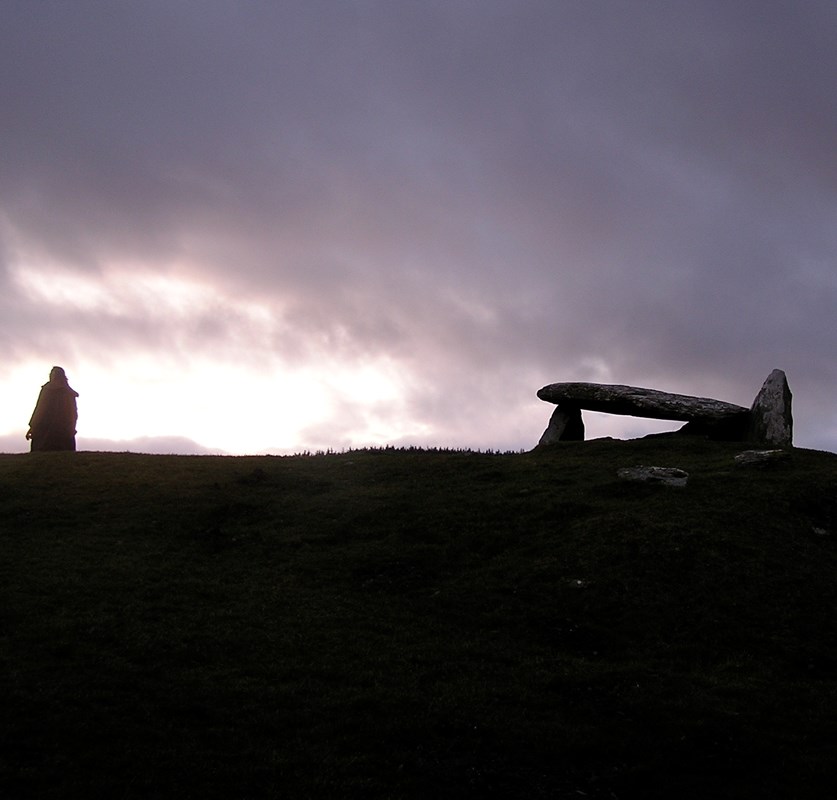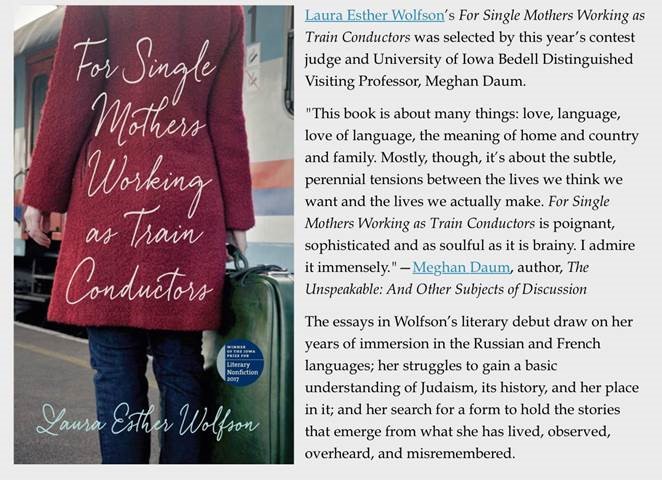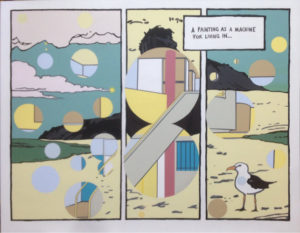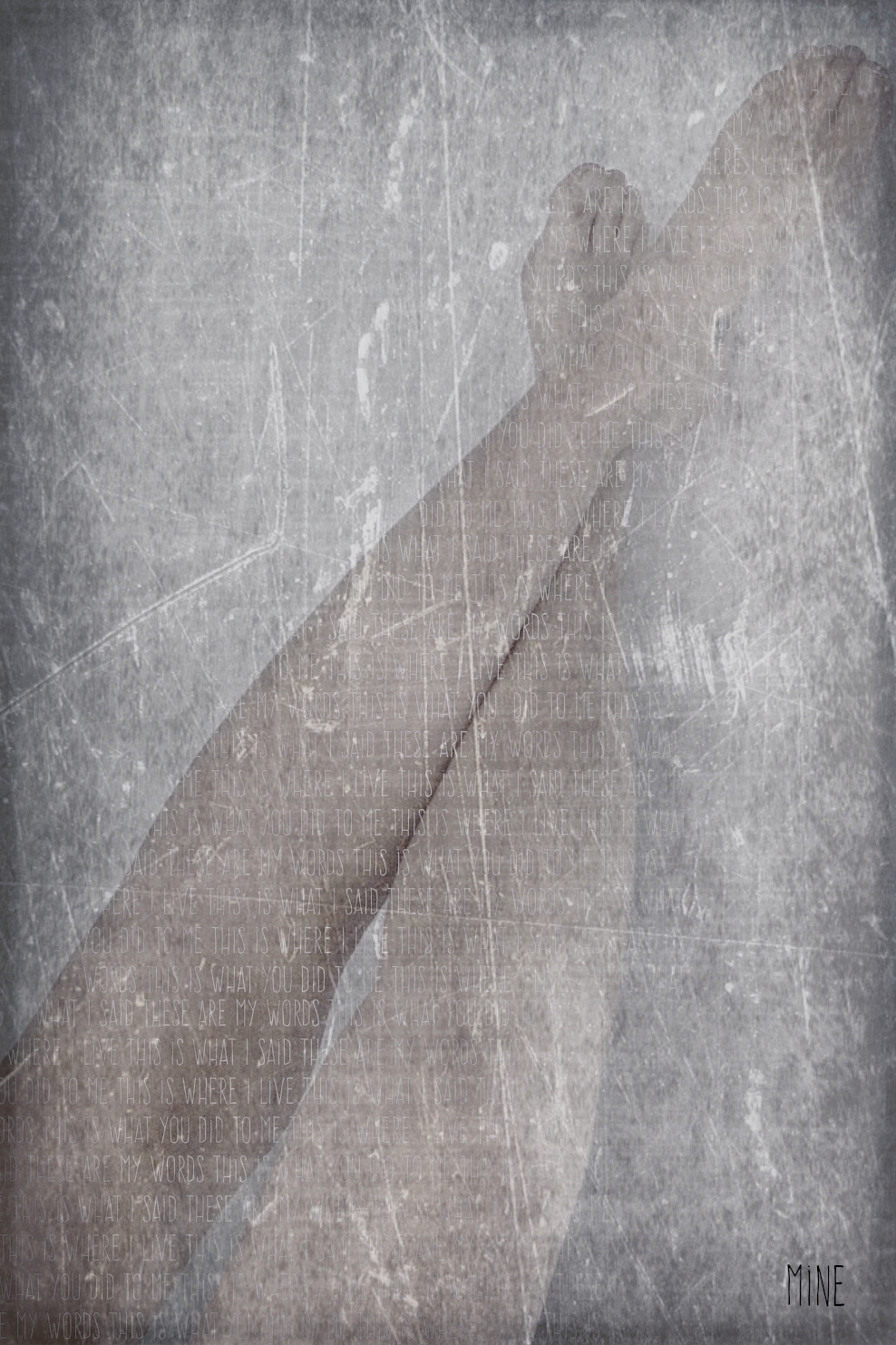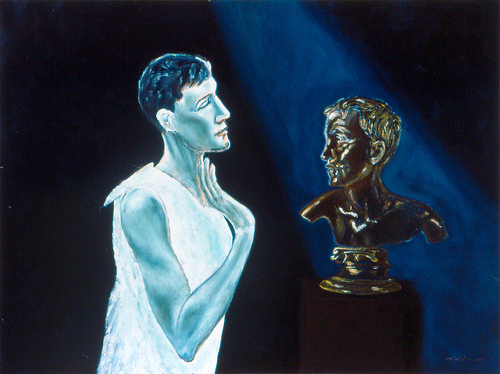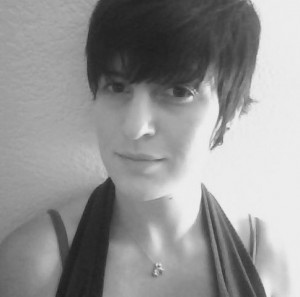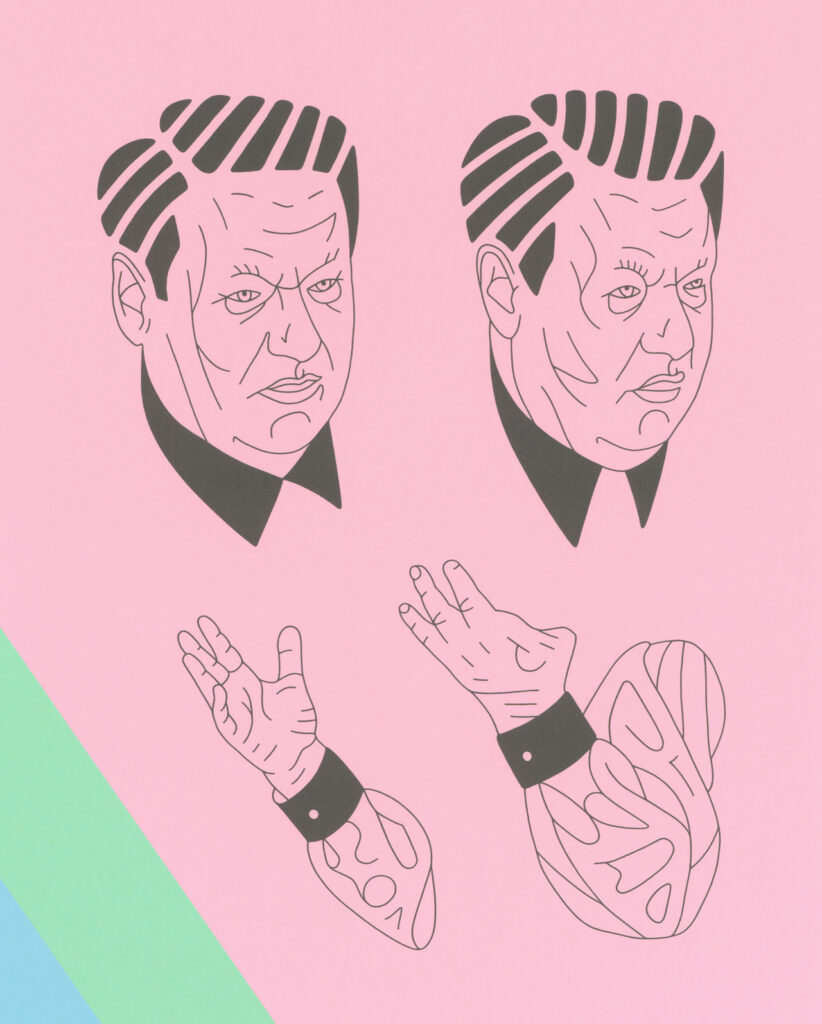
From The Second October Revolution art exhibit by Dmitry Borshch 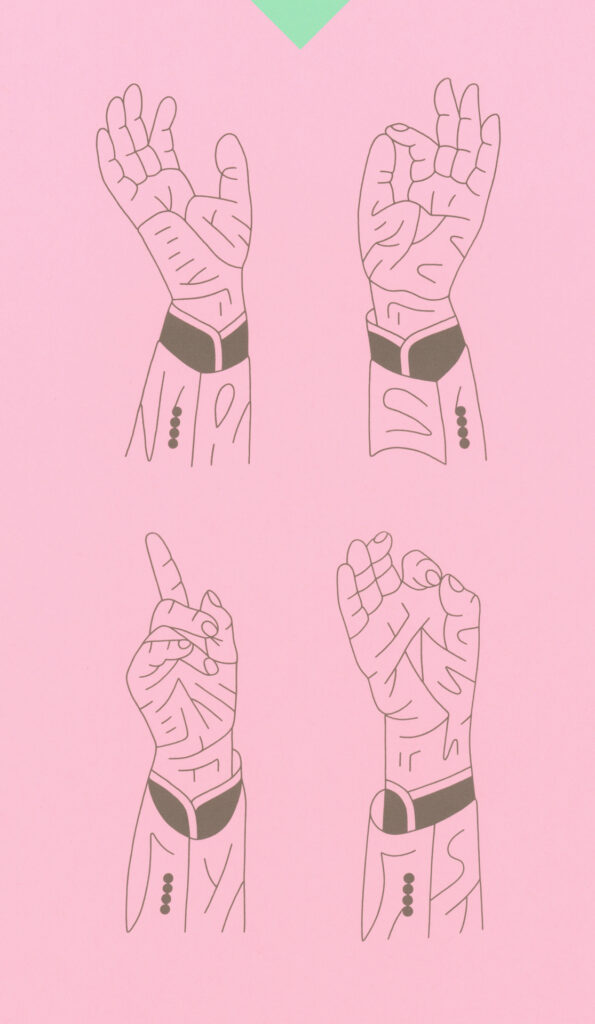
From Turkish Past, Ottoman Present art exhibit by Dmitry Borshch
Join Superstition Review in congratulating past contributor, Dmitry Borshch, on some exciting news! Since being featured in Superstition Review Issue 12 in 2013, Dmitry has had some amazing art exhibitions in his home state of New York. Here are just a few:
Disasters of War in East Ukraine, an exhibition about the continuing war in Donbass. Check out full details of this exhibition on Actipedia.
“When I mentioned to a friend employed by the Office of the UN High Commissioner for Human Rights in New York that I am preparing a series on the war in East Ukraine, which involves traveling there, he encouraged me and even gave the number of two employees of the Organization for Security and Co-operation in Europe. One of them, a monitor with its Special Monitoring Mission to Ukraine, provided me with valuable security information as I traveled to Donetsk, Poltava, Kiev, Mariupol, and other places from Dnepropetrovsk, my place of birth. There in 2015 I began to research ‘Disasters’ through interviews with ‘переселенцы’, persons resettled from ATO, the zone of Ukrainian government’s ‘anti-terrorist operation'”, Borshch explains, adding “I wanted the series, whose title obviously refers to Goya’s ‘Los desastres de la Guerra’, to be first exhibited in cities afflicted by the war.”
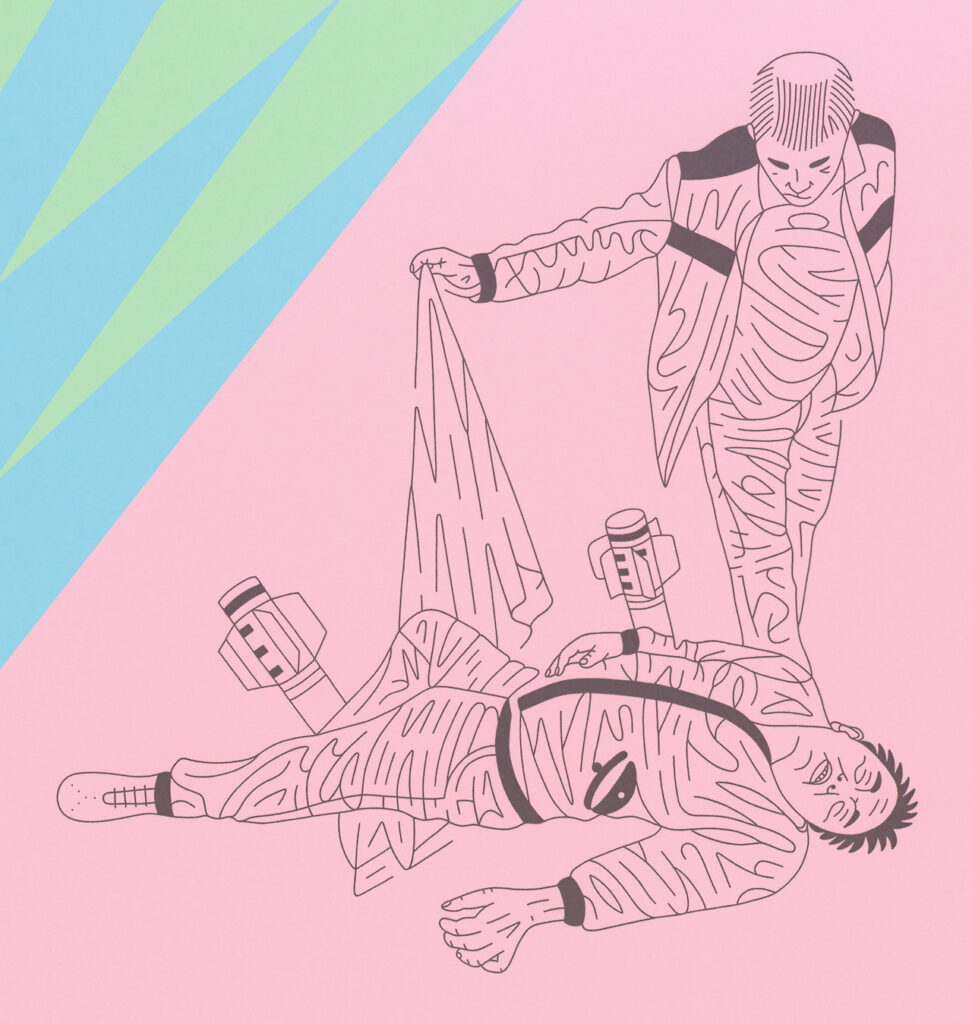
Turkish past, Ottoman present and Spengler in Turkey. Check out full details of this exhibition on Actipeida.
Two weeks after Erdoğan ascended to the presidency Borshch organized an exhibition in Istanbul, “Turkey’s New Sultan”, for which, the artist explains, “[he] had to revive the Soviet practice of apartment exhibitions. No gallery in Turkey that we contacted would agree to mount it, fearful of being prosecuted on charges of “insulting Turkishness” – Article 301, Turkish Penal Code. So, as in eighty-nine when I and other nonconformists mounted exhibitions in Dnepropetrovsk apartments because galleries could only exhibit Soviet (meaning Socialist Realist) works, the curator of this exhibition found an apartment in south Istanbul where we showed fifteen drawings on the prime ministership of Erdoğan and invited sympathetic locals to visit; about seventy visited during the exhibition’s almost three weeks, many of them artists. “Turkish past, Ottoman present” is an outgrowth of “Turkey’s New Sultan”. All fifteen collages in it depict Erdoğan and members of his sultanic, neo-ottoman court, such as Binali Yıldırım, Ahmet Davutoğlu, Mevlüt Çavuşoğlu.”
Denial of Family Values, Gay and Anti-gay Propaganda in Russia. Check out full details of this exhibition on Actipedia.
“This exhibition was created in America but premiered in Russia a year after the passage of what many know as “gay propaganda law”, the bill unanimously approved by the State Duma (with one abstention) and signed into law by President Putin in June, 2013. We contacted five galleries and several cultural centers, not just in Moscow, but none of them agreed to mount our exhibition because of the new law and broad anti-gay, anti-trans sentiment in the country. As thirty years ago in Dnepropetrovsk when I organized apartment exhibitions because only Socialist Realist art could be officially exhibited, we rented a three-bedroom apartment on Moscow’s Budyonny Prospekt, mounted the exhibition, and invited only those who were sympathetic to or could tolerate our views on gay, lesbian, bisexual, trans rights, would not report us to the police who could impose a fine for an unsanctioned exhibition or – this has happened with some exhibitions in Russia deemed “offensive” to religious or national feelings – damage the pictures,” explains Borshch, adding, “There was another apartment exhibition in Moscow, on Tverskaya Street, followed by one more in Saint Petersburg’s Kalininsky District, both lasting a month in early 2016”. Figurative drawings like “The Making of Brothers” are displayed in our exhibition alongside excerpts from speeches on homosexuality and its “evils” by Russian public figures, which are rendered calligraphically on white, yellow, and pink sheets.
“This was the first of two apartment exhibitions mounted by the artist in 2014. Less than three months after it, reacting to the presidential campaign victory of Recep Tayyip Erdoğan, Borshch had the other apartment exhibition in Istanbul. As some nonconformists did in the Soviet Union, he continues to employ this tactic of apartment exhibitions in Putin’s Russia, Erdoğan’s Turkey, and elsewhere,” writes Dr. Khidekel in the introduction to “Denial of Family Values, Gay and Anti-gay Propaganda in Russia”, which she curated. It is happening on the sixth anniversary of anti-gay legislation’s passage, and during the Lesbian, Gay, Bisexual and Transgender (LGBT) Pride Month in America.”
Soviet Lives of Uncle Tom. Check out full details of this exhibition on ArtRabbit.
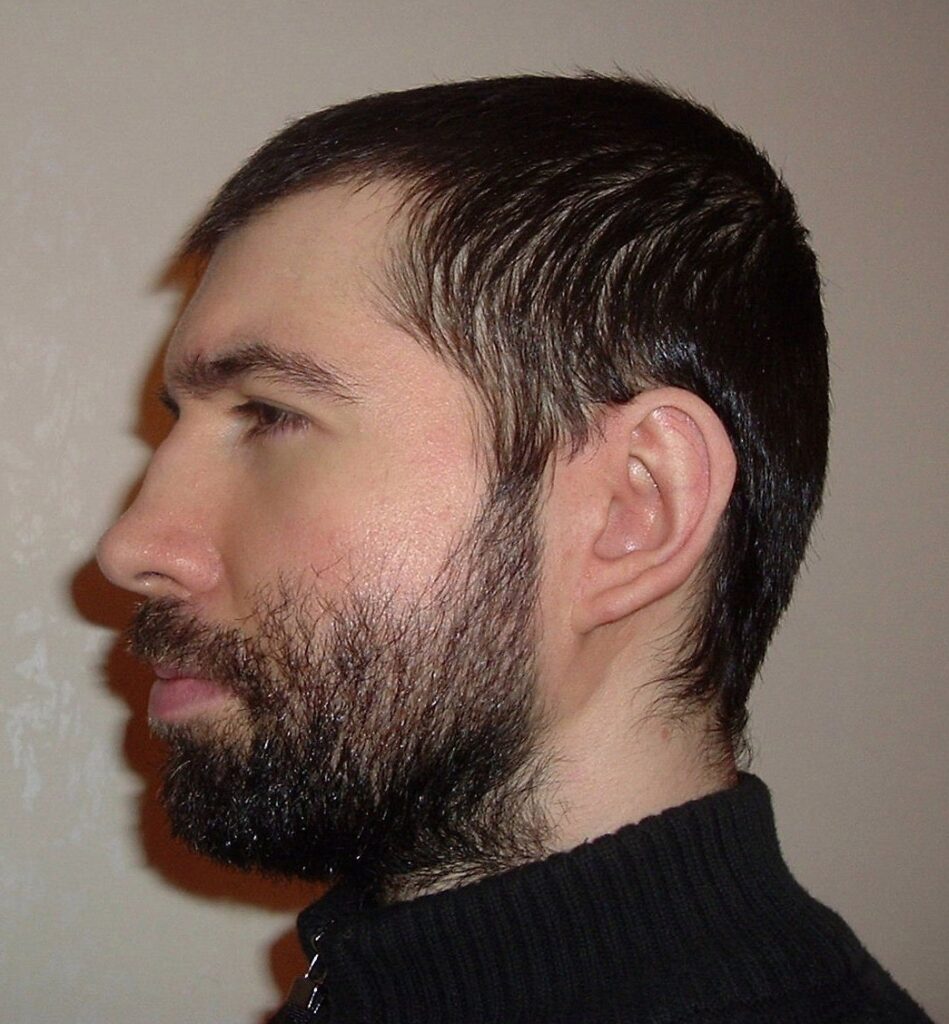
“Having read one of many Soviet children’s editions of the book as a child and later becoming impressed by its global success, I have never attempted to illustrate it traditionally, in the manner of Hammatt Billings, its first illustrator, and those who followed him,” says Dmitry. “In this exhibition I illustrate the handling of the book by Russian censors, editors, preface and afterword writers, publishers. Although it was published in Russia about three years before statutory abolition of serfdom, and already then manipulated for the Russian government’s benefit, I focus in the exhibition on Soviet manipulations of the classic, performed by those who were living in Soviet bondage upon a novel about bondage in America. Excerpts from their prefaces to the book, afterwords, and translations are rendered calligraphically: Stowe’s English and translators’ Russian passages are organized into parallel columns on the same pink sheets, which helps the viewer to notice politicized manipulations of the translators and their censor-editors. All these pictures were made recently but are informed by thirty-five-year-old memories: like you [the exhibition’s curator] I still remember the late Soviet treatment of this novel, when it was employed widely for anti-capitalist, anti-American propaganda, extolment of USSR as the righteous opposite of USA, advancement of Soviet hegemonic goals,” concludes the artist.”
The Second October Revolution, about 1993 constitutional crisis in Russia. Check out full details of this exhibition on ArtRabbit.
“25 years ago, while staying with relatives in Moscow, I observed what was a genuine possibility of restoration of the Soviet Union, meaning the imposition of Soviet rule and governance on all the former republics of USSR. I heard megaphone speeches by parliamentarians at their White House, promising exactly this and lamenting the Union’s dissolution. That was on September 26; on October 4 I was able to hear from New Arbat (then Kalinin Prospekt) tanks shelling the parliament building. My show is a dramatization of that and other actions ordered by Boris Yeltsin which effectively ended attempts to restore the Union. Blackened stories of the White House I saw on October 8, a week before leaving Moscow, announced this end,” says Borshch.
Congratulations, Dmitry!
